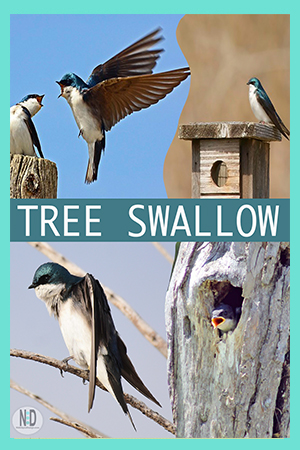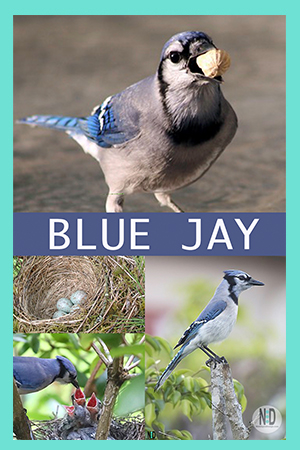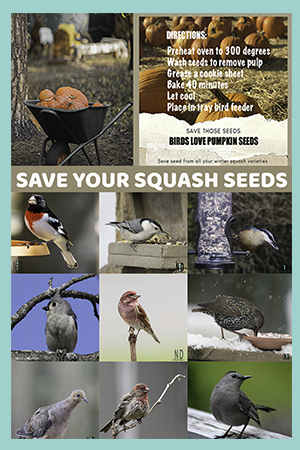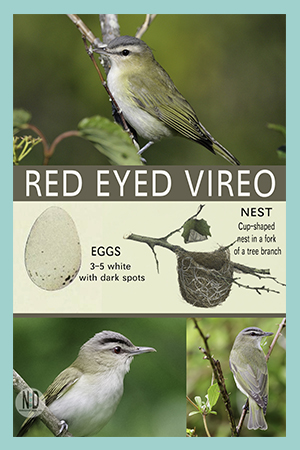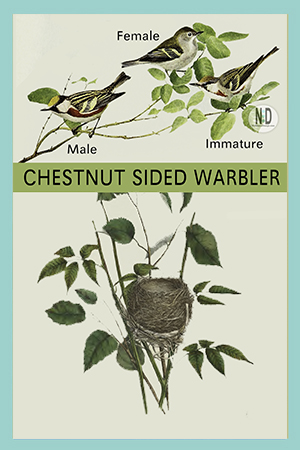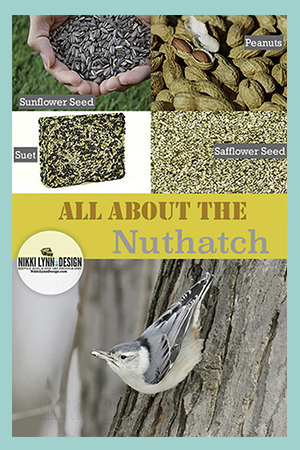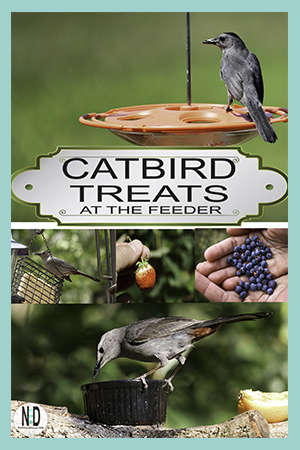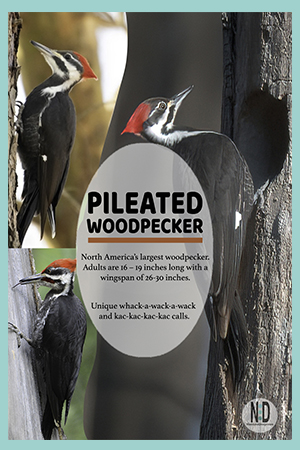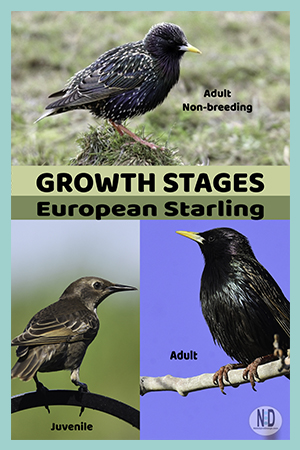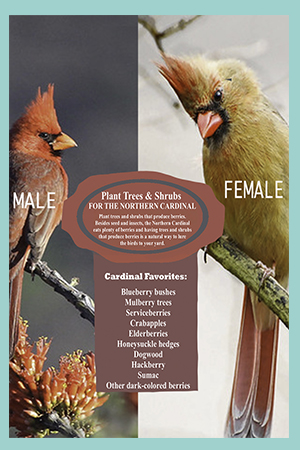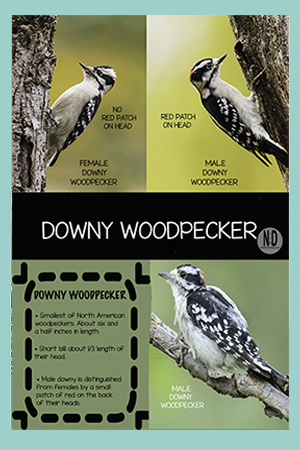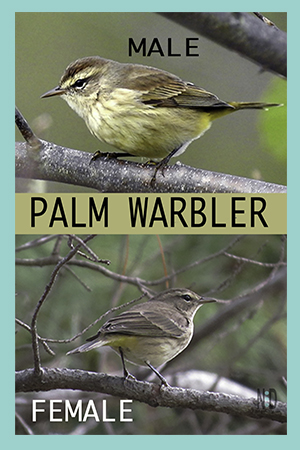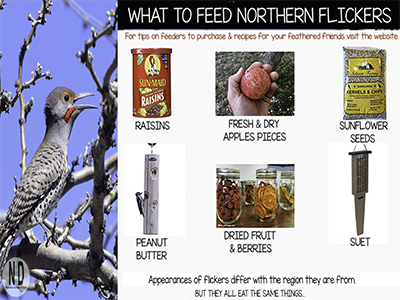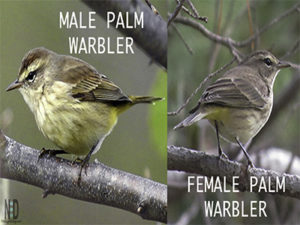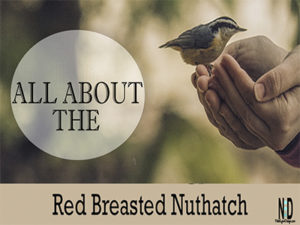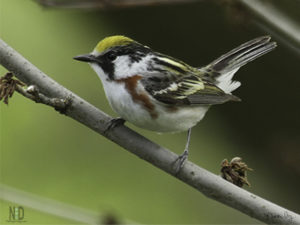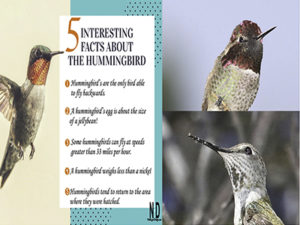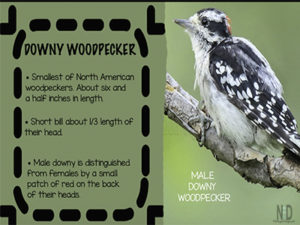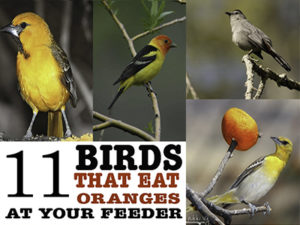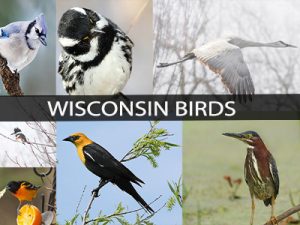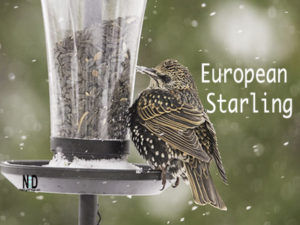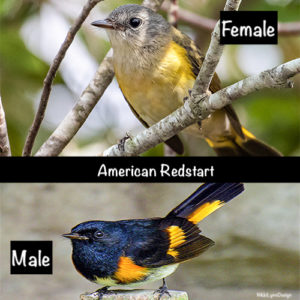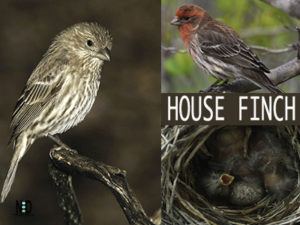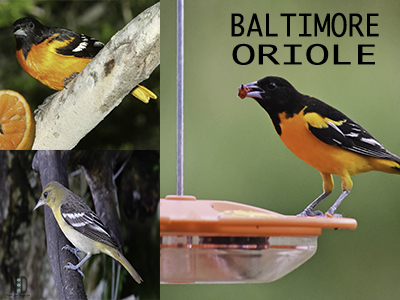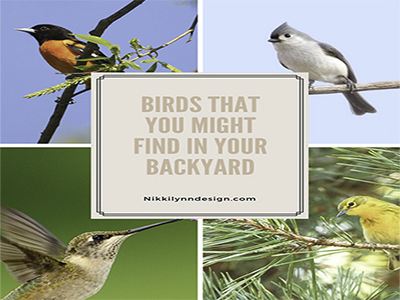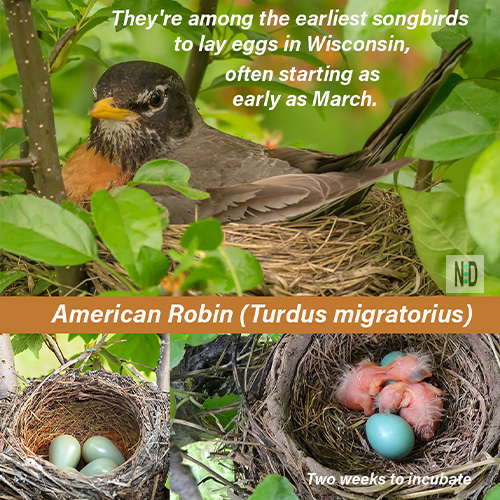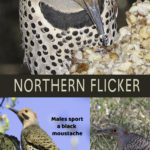The northern flicker (Colaptes auratus) or common flicker is a medium-sized bird of the woodpecker family. It is native to most of North America, parts of Central America, Cuba, and the Cayman Islands, and is one of the few woodpecker species that migrate.
General Information
Flicker’s appearance differs by the region they are from (Eastern vs Western). Western flickers have some yellow in their tail feathers. but all flickers are about 12 inches tall with a brown barred back and spotted tan to cream bellies. Our Northern Flicker males sport a mustache behind their bill.
All flicker birds are fun to watch searching for insects in trees and lawns.
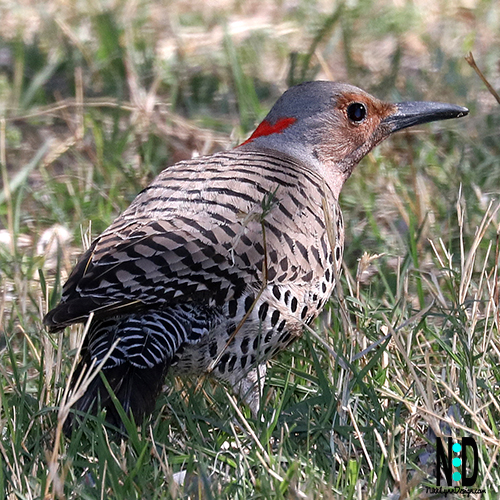
| Name:: | Northern Flicker |
| Scientific Name:: | Colaptes auratus |
| Family: | Picidae |
| Size: | 12 – 14 inches |
| Habitat: | Woodlands, wooded backyards and suburbs, |
| Diet: | Insects, suet, seeds, fruits, nuts, berries |
BIRD OF 100 NAMES
Yellowhammer
Gaffer woodpecker
Harry-wicket
Yarrup
Heigh-ho
Wake-up
Wick-up
Gawker bird.
At The Feeder
1.) Sunflower Seed
Sunflowers are a great all-around nutrition source for wild birds..No waste, or weeds and is 100% edible with unshelled varieties.
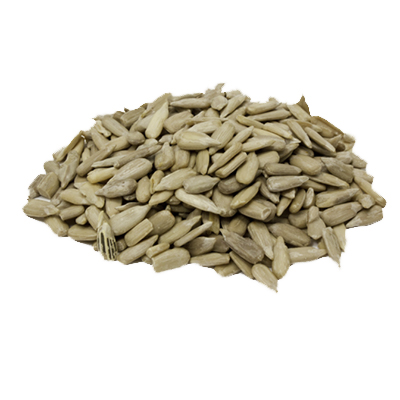
Sunflower seed hearts attract buntings, cardinals, chickadees, finches, flickers, grosbeaks, red-breasted nuthatches, white-breasted nuthatches, redpolls, titmice, towhees, woodpeckers, and more. Use the seed in a feeder that offers protection from the elements.
2.) Dried Fruits & Berries
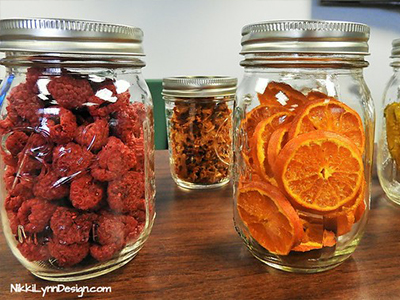
In the Midwest winters berry and fruit options are limited. Purchase bird seed blends with berries & dried fruits to attract a variety of birds.
If you want to cut costs, collect your own fruits and berries in the fall and dry them. Create your own special birdseed blends to your feeders throughout the winter.
3.) Suet
Small square cage suet feeders work just fine for the smaller birds but you may want to upgrade to the larger variety if you want to attract Northern Flickers.
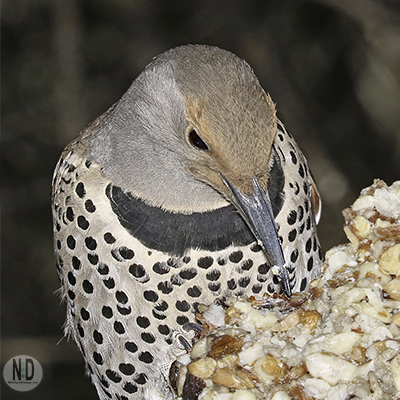
Northern Flickers like suet feeders with a large base. If you want to attract them to the feeders try the elongated two cake suet variety feeders.
4.) Peanut Butter
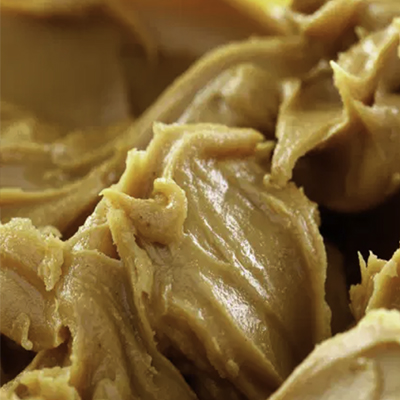
Peanut butter is an excellent winter treat for woodpeckers, blue jays, and nuthatches.
Try this on for a winter treat for all woodpeckers.
Fill suet plug log feeders with chunky peanut butter and hang from a shepherd’s hook or a tree branch.
5.) Apple Pieces
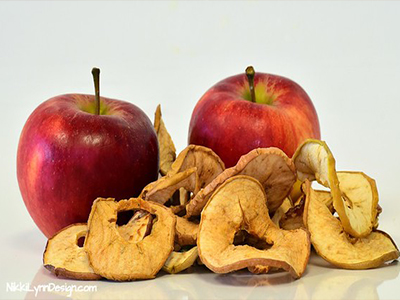
Flickers are not fussy when it comes to apples pieces and chunks, thus the birds will eat both fresh and dried apples
Dry apple pieces in the fall and add them to your dry fruit medley seed mixes.
Cut up fresh apples that are past their prime and place them in large fly-through feeders or ground feeders.
6.) Raisins
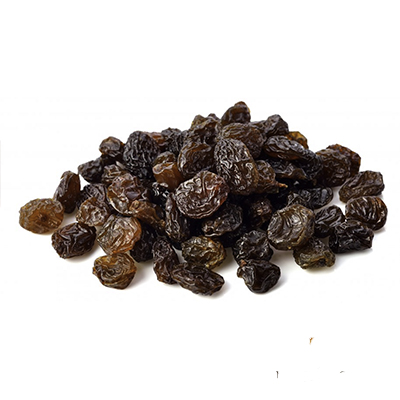
Purchase raisins to add to your feeders. Soak raisins overnight and place in a tray feeder
There are a wealth of birds beside the Northern Flicker that enjoy raisins. Raisins attract robins, waxwings, bluebirds, and mockingbirds.
Nesting Info
Their breeding habitat consists of forested areas across North America and as far south as Central America.
| Habitat: | Hole excavated in the trunk of a large dead tree, 10 to 30 feet from the ground or nesting boxes |
| Nest Shape | The chips and sawdust left after exca\ating act as a bed for their eggs. |
| Eggs: | 6-8t eggs smooth, high gloss white eggs. |
| Incubation: | 11 to 12 days |
| Fledging: | 25 to 28 days after hatching. |
General Nesting Information
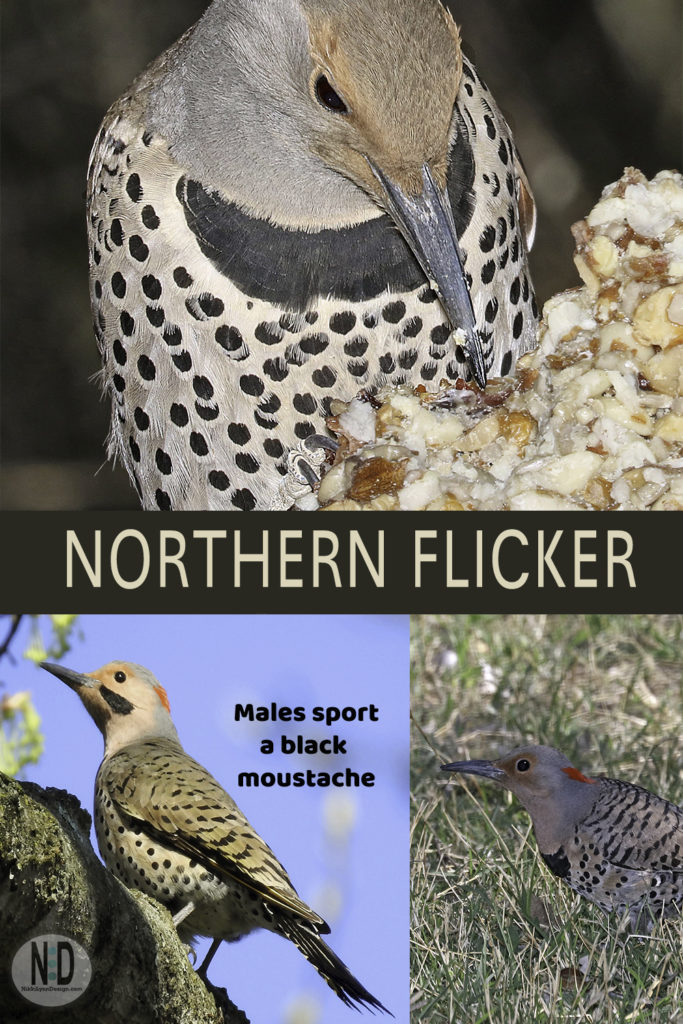
Northern Flickers raise their young every year between the months of May until August, depending on the area and weather. For about two weeks the birds excavate a hole in the trunk of a large dead tree, 10-30 feet from the ground.
They nest anywhere, where they can find or make a suitable cavity for their eggs; in trees in woods or solitary trees in large pastures, in apple trees in orchards, in fence posts, in holes under the roofs of buildings, etc.
Females lay 6-8 eggs that are smooth, high gloss white coloring. The eggs rest on a bed of wood chips that line the nesting cavity. Both parents incubate the eggs for 11-12 days. The young stay in the nest for about a month where the adults feed young by regurgitation for the first two weeks or longer.
Add Nesting Boxes To Your Yard
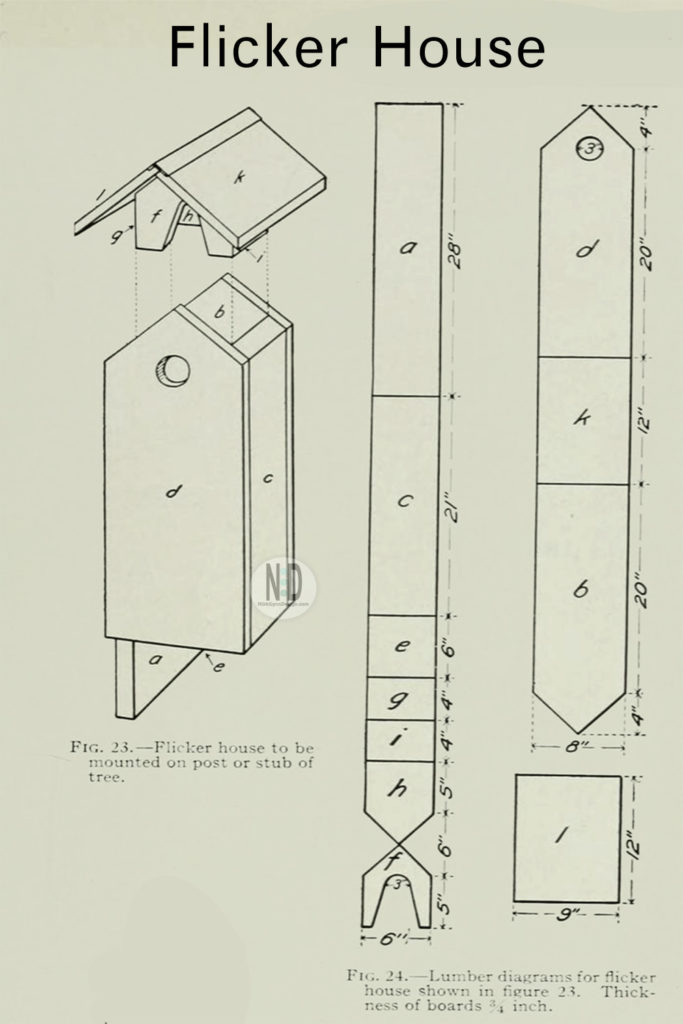
The birds are cavity nesters which typically nest in trees, but they also use posts and birdhouses if sized and situated appropriately.
Want year-round enjoyment of flickers? Add a nesting box to your yard. because raising new little ones is a joy to watch.
They enjoy nesting boxes with holes 2-1/2 inches in diameter and 15 inches off the floor’s box.
Be sure to get a design with an up-swinging door for cleaning. This will save you a ton of time in yearly cleaning.
Screw the boxes to trees 10-30′ off the ground and fill with wood shavings yearly., The birds like to excavate the wood shavings as part of their mating behavior.
Offer What They Like & They Will Come
Attracting Northern flickers is not too difficult just be sure to offer foods they enjoy and give them alternative places to raise their young that meet the above requirements. In no time at all, you will have flickers and additional woodpeckers visiting your yard.
Feeders on Amazon:
AVAILABLE IN MY FINE ART STORE
Wildlife and nature images available on a variety of products like cards, canvas and coffee cups.
Additional Posts
